Home>Storage Ideas>Living Room Storage>How To Clean Marble
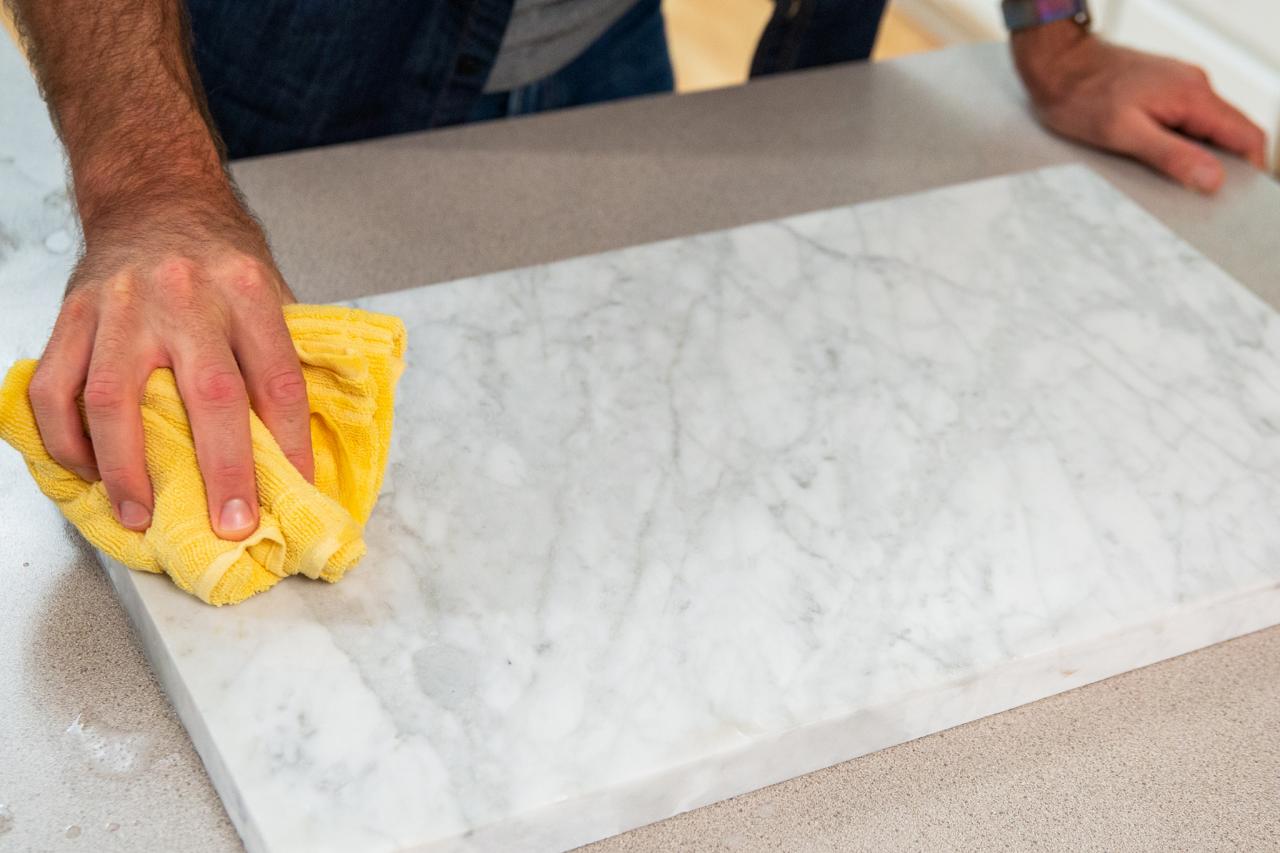

Living Room Storage
How To Clean Marble
Modified: October 27, 2024
Learn the best methods for cleaning marble surfaces in your living room. Safely maintain the pristine look of your living room storage with these expert tips.
(Many of the links in this article redirect to a specific reviewed product. Your purchase of these products through affiliate links helps to generate commission for Storables.com, at no extra cost. Learn more)
Introduction
Welcome to this comprehensive guide on how to clean marble! Marble is a beautiful and versatile material often used for countertops, flooring, and other surfaces in our homes. It adds an elegant touch and enhances the aesthetic appeal of any room. However, like any other surface, marble requires regular cleaning and maintenance to keep it looking its best.
Understanding how to properly clean and care for marble is crucial in order to preserve its natural beauty and prevent any damage. In this guide, we will walk you through the entire process, from understanding the characteristics of marble to the tools and materials needed for cleaning, as well as tips for removing stains and polishing the surface. We will also discuss how to maintain the cleanliness of your marble over time.
Before we dive into the specifics, it’s important to note that marble is a porous material and can be sensitive to certain cleaning products and techniques. Using the wrong products or methods can potentially harm the marble surface, leaving behind scratches or stains. Therefore, it’s essential to educate yourself on the dos and don’ts of cleaning marble to ensure its longevity.
Now, let’s delve into the world of marble and learn how to achieve a spotless, gleaming surface in your home. Whether you have marble countertops, floors, or any other application, by following the guidance provided in this guide, you’ll be able to maintain the natural elegance and durability of your marble for years to come.
Key Takeaways:
- Properly caring for marble involves understanding its porous nature, using pH-neutral cleaners, and implementing regular maintenance to preserve its natural beauty and prevent damage.
- From preparing the surface to removing stains and polishing, mastering the art of marble maintenance ensures longevity and elegance, enhancing the aesthetic appeal of any living space.
Read more: How To Clean Marble Floor
Understanding Marble
Marble is a type of metamorphic rock that is formed from the crystallization of limestone under intense heat and pressure over millions of years. This natural process gives marble its distinctive veining and unique patterns, making it a highly sought-after material for both architectural and decorative purposes.
One of the key characteristics of marble is its porous nature. The microscopic pores in the stone allow liquids and moisture to seep into the surface, which can cause staining and discoloration if not properly maintained. It’s important to note that different types of marble have varying degrees of porosity, so it’s essential to identify the specific type of marble you have in order to establish the best cleaning and maintenance routine.
Another factor to consider when understanding marble is its susceptibility to scratching. While marble is a durable stone, it is softer compared to other materials like granite. This means that it is more prone to scratches and etching. Etching occurs when acidic substances, such as lemon juice or vinegar, come into contact with the marble surface and corrode its finish. Therefore, it’s crucial to handle marble with care and take preventive measures to avoid scratching and etching.
In addition to its physical properties, understanding the aesthetic qualities of marble is important. Marble is available in a wide range of colors, from white and cream to gray, green, and even pink. Each type of marble offers a unique visual appeal, allowing you to choose the perfect one to complement your home’s decor.
Now that we have a deeper understanding of marble, its composition, and its vulnerabilities, we can move on to the next section: gathering the necessary tools and materials for cleaning marble surfaces.
Tools and Materials Needed
Cleaning and maintaining your marble surfaces require the proper tools and materials to ensure effective and safe results. Here are the essential items you will need:
- Mild pH-neutral cleaner: Look for a cleaner specifically formulated for marble surfaces. Avoid using acidic or abrasive cleaners, as they can damage the marble.
- Microfiber cloths or soft cotton rags: These are gentle on the marble surface and won’t scratch or leave lint behind.
- Soft-bristle brush or toothbrush: This can be used for gentle scrubbing and reaching into crevices.
- Distilled water: Avoid using tap water, as it can contain minerals that might leave residue on the marble.
- Marble sealer: This optional but recommended product helps protect the marble from stains and moisture penetration.
- Protective gloves: It’s a good idea to wear gloves, especially when using cleaning solutions or sealers.
- Drop cloths or towels: These can be used to protect surrounding areas from spills or splashes.
Having these tools and materials readily available will ensure that you can properly clean and maintain your marble surfaces without causing any damage. It’s important to invest in high-quality cleaning products and tools to achieve the best results and protect the longevity of your marble.
Now that you have a clear understanding of the tools and materials needed, it’s time to move on to the next step: preparing the marble surface for cleaning.
Preparing the Marble Surface
Before you begin the cleaning process, it’s important to properly prepare the marble surface to ensure the best results. By following these steps, you can remove any loose dirt or debris and create a clean slate for the cleaning process:
- Remove any objects or items from the marble surface. This includes decorations, appliances, or any other items that may obstruct the cleaning process.
- Use a soft-bristle brush or a dry cloth to gently brush away any loose dirt or dust from the marble surface. Be thorough in your approach, ensuring that you reach all corners and crevices.
- If there are any spills or stains on the marble surface, address them before proceeding. Blot up any liquid spills with a soft, absorbent cloth or paper towel. For sticky substances, gently scrape them off with a plastic scraper or a credit card.
- For tougher stains or hardened residue, you can use a pH-neutral cleaner specifically designed for marble. Follow the instructions on the cleaner carefully, and use a soft cloth or sponge to gently clean the affected area. Rinse the area with distilled water and pat it dry with a soft cloth.
- If there are any etch marks or dull spots on the marble, you may need to consider professional honing or polishing services to restore the shine. It’s best to consult a professional in such cases to avoid further damage to the marble surface.
By taking the time to properly prepare the marble surface, you can ensure that the cleaning process is more efficient and effective. This will help to restore the natural beauty of the marble and maintain its longevity. Once the surface is adequately prepared, it’s time to move on to the next section: general cleaning tips for marble surfaces.
General Cleaning Tips
When it comes to cleaning marble surfaces, it’s important to follow some general guidelines to ensure that you maintain the beauty and integrity of the stone. Here are some essential cleaning tips to keep in mind:
- Always use a pH-neutral cleaner specifically formulated for marble surfaces. Avoid using acidic or abrasive cleaners, as they can scratch or etch the marble.
- Dilute the cleaner according to the instructions provided. Too much cleaner can leave a residue, while too little may not effectively clean the surface.
- Start by applying the cleaner to a small, inconspicuous area of the marble to test for any adverse reactions or damage. If there are no issues, continue with the cleaning process.
- Gently scrub the marble with a soft-bristle brush or a soft cloth, focusing on any stained or dirty areas. Avoid applying excessive pressure, as it can damage the surface.
- Rinse the marble surface thoroughly with distilled water to remove any leftover cleaner or residue.
- Dry the marble immediately with a soft cloth to prevent water spots or streaks from forming.
- For regular maintenance, it’s recommended to clean marble surfaces on a weekly basis. This will help prevent the buildup of dirt, grime, and stains.
- Wipe up any spills immediately to prevent liquids from seeping into the porous marble surface and causing stains.
- Avoid using abrasive tools or cleaning pads on marble, as they can scratch or dull the surface.
- Consider using a marble sealer to protect the surface from staining and moisture penetration. Follow the instructions provided by the sealer manufacturer for proper application.
By following these general cleaning tips, you can maintain the cleanliness and beauty of your marble surfaces. Now, let’s move on to the next section to learn how to remove stains from marble.
Use a mild, pH-neutral cleaner and a soft cloth to clean marble. Avoid acidic or abrasive cleaners, as they can damage the surface. Wipe up spills immediately to prevent staining.
Read more: How To Clean A Marble Coffee Table
Removing Stains from Marble
Marble is prone to staining due to its porous nature. However, with the right techniques and products, many stains can be effectively removed from the surface. Here are some methods for removing common stains from marble:
- Organic Stains (e.g., coffee, tea, food): Blot the stain immediately with a clean cloth or paper towel to absorb as much of the substance as possible. Then, prepare a mixture of water and a pH-neutral cleaner. Gently clean the stained area using a soft cloth or sponge. Rinse thoroughly with distilled water and dry with a soft cloth.
- Ink Stains: Dip a cotton ball or cloth in rubbing alcohol or acetone. Gently dab the stained area, being careful not to rub the ink further into the marble. Rinse with distilled water and dry thoroughly.
- Oil-based Stains (e.g., grease, cooking oil): Create a thick paste by combining baking soda and distilled water. Apply the paste to the stained area and leave it for several hours or overnight to draw out the oil. Wipe away the paste with a damp cloth, rinse with distilled water, and dry thoroughly.
- Rust Stains: Mix lemon juice and salt to create a paste. Apply the paste to the rust stain and let it sit for a few minutes. Gently scrub the stain with a soft cloth or brush. Rinse with distilled water and dry completely.
- Hard Water Stains: Spray a mixture of white vinegar and water onto the stain and let it sit for a few minutes. Gently scrub the stain with a soft cloth or brush, then rinse thoroughly with distilled water and dry completely.
It’s important to note that some stubborn stains may require professional assistance. If you are unable to remove a stain using the methods mentioned above, it’s best to consult with a stone care professional.
Once the stains have been successfully removed, you may notice that the marble surface has lost some shine or luster. In the next section, we will discuss how to polish and seal marble to restore its natural beauty.
Polishing and Sealing the Marble
Polishing and sealing marble is an important step in the cleaning and maintenance process. It helps to restore the natural shine and luster of the stone and provides an extra layer of protection against stains and moisture. Here’s how you can polish and seal your marble surfaces:
- Start by ensuring that the marble surface is clean and dry. Remove any dust, dirt, or debris from the surface using a soft cloth or brush.
- If there are any etch marks or dull spots on the marble, consider using a marble polishing compound. Apply a small amount of the compound to a soft cloth or sponge and gently rub it onto the affected area in a circular motion. Follow the instructions provided by the manufacturer for best results.
- Once the surface is polished, it’s time to consider sealing the marble. Marble sealers act as a protective barrier, preventing liquids and stains from penetrating the porous surface.
- Choose a high-quality marble sealer that is specifically formulated for your type of marble. Read the instructions provided by the manufacturer carefully before proceeding.
- Using a clean cloth or brush, apply the sealer onto the marble surface in even, thin coats. Make sure to cover the entire area, including edges and corners.
- Allow the sealer to penetrate the marble for the specified amount of time indicated by the manufacturer. This allows the sealer to bond with the stone and provide optimal protection.
- After the recommended time has passed, use a clean cloth or sponge to wipe away any excess sealer from the surface. Make sure to remove all traces of sealer to avoid a sticky or hazy residue.
- Allow the sealer to dry completely before using the marble surface. Avoid placing any objects or items on the surface until it is fully cured.
- Repeat the sealing process periodically, as recommended by the sealer manufacturer. This will help to maintain the protective barrier and ensure the longevity of your marble.
By following these steps, you can effectively polish and seal your marble surfaces, restoring their natural beauty and providing long-lasting protection. However, it’s important to note that different types of marble may require specific polishing and sealing methods, so always refer to the manufacturer’s instructions and seek professional advice if needed.
Now that you have learned how to polish and seal marble, let’s move on to the final section of this guide: maintaining the cleanliness of your marble over time.
Maintaining the Clean Marble
Once you have cleaned, polished, and sealed your marble surfaces, it’s important to implement a regular maintenance routine to keep them looking their best. Here are some tips for maintaining the cleanliness of your marble:
- Wipe up spills immediately to prevent any liquids from seeping into the porous marble and causing stains. Use a soft cloth or paper towel to blot the spill, rather than wiping it, to avoid spreading the liquid.
- Regularly dust the marble surfaces using a soft cloth or a microfiber duster to remove any loose dirt or debris. This will help prevent scratches and maintain the natural shine of the stone.
- Use coasters or placemats under glasses, bottles, or other objects that may leave rings or moisture marks on the marble surface.
- Avoid placing hot items directly on marble surfaces, as extreme heat can cause discoloration or even cracking. Always use trivets or heat-resistant mats under hot cookware or containers.
- When cleaning, use pH-neutral cleaners specifically formulated for marble surfaces. Avoid acidic or abrasive cleaners that can dull or damage the stone. Test any new cleaning products on a small, inconspicuous area first to ensure compatibility.
- Regularly check for any signs of damage or wear and address them promptly. Contact a professional if you notice any cracks, chips, or etching that may require repair or restoration.
- Periodically reseal the marble surfaces as recommended by the sealer manufacturer. This will help maintain the protective barrier and prevent staining.
- Avoid dragging heavy objects directly across marble surfaces, as this can cause scratches. Use felt pads under furniture legs or consider using a dolly or furniture sliders for easy movement.
- Consider placing rugs or mats in high-traffic areas to protect the marble from wear and tear. Make sure the rugs have a non-slip backing to prevent accidents.
- Lastly, stay proactive with regular cleaning and maintenance. By incorporating these habits into your routine, you can keep your marble surfaces looking pristine and extend their lifespan.
By following these guidelines for maintaining clean marble, you can ensure that your surfaces continue to impress with their beauty and durability. Remember, consistency is key in preserving the elegance of your marble.
Now that you have mastered the art of marble maintenance, you are equipped with the knowledge and techniques to keep your marble surfaces looking their best for years to come. Embrace the natural beauty of marble and enjoy the sophistication it brings to your living space!
End of article.
Conclusion
In conclusion, marble is a stunning and versatile material commonly used in homes for countertops, flooring, and other surfaces. To keep your marble looking its best, regular cleaning and maintenance are essential. By understanding the characteristics of marble and following the proper cleaning techniques, you can ensure its longevity and preserve its natural beauty.
Throughout this comprehensive guide, we have covered various aspects of marble cleaning, including understanding the nature of marble, the tools and materials needed, preparing the surface, general cleaning tips, removing stains, and polishing and sealing the marble. We have also highlighted the importance of maintaining clean marble through regular upkeep and proper care.
Remember to always use pH-neutral cleaners specifically formulated for marble, avoid abrasive tools or cleaners, and address spills and stains promptly. Polishing and sealing your marble surfaces will help restore their shine and protect them from future damage. Additionally, incorporating good maintenance practices, such as wiping up spills and dusting regularly, will help keep your marble surfaces in pristine condition.
By following the guidelines outlined in this guide, you can confidently clean and maintain your marble surfaces, ensuring that they continue to enhance the aesthetic appeal of your living space for years to come. Embrace the elegance of marble and enjoy the timeless beauty it brings to your home.
Thank you for joining us on this journey to learn about cleaning marble. We hope this guide has provided you with valuable insights and practical tips to keep your marble looking its best. Here’s to a clean and radiant marble that will continue to impress guests and create a stunning atmosphere in your home!
End of article.
Frequently Asked Questions about How To Clean Marble
Was this page helpful?
At Storables.com, we guarantee accurate and reliable information. Our content, validated by Expert Board Contributors, is crafted following stringent Editorial Policies. We're committed to providing you with well-researched, expert-backed insights for all your informational needs.
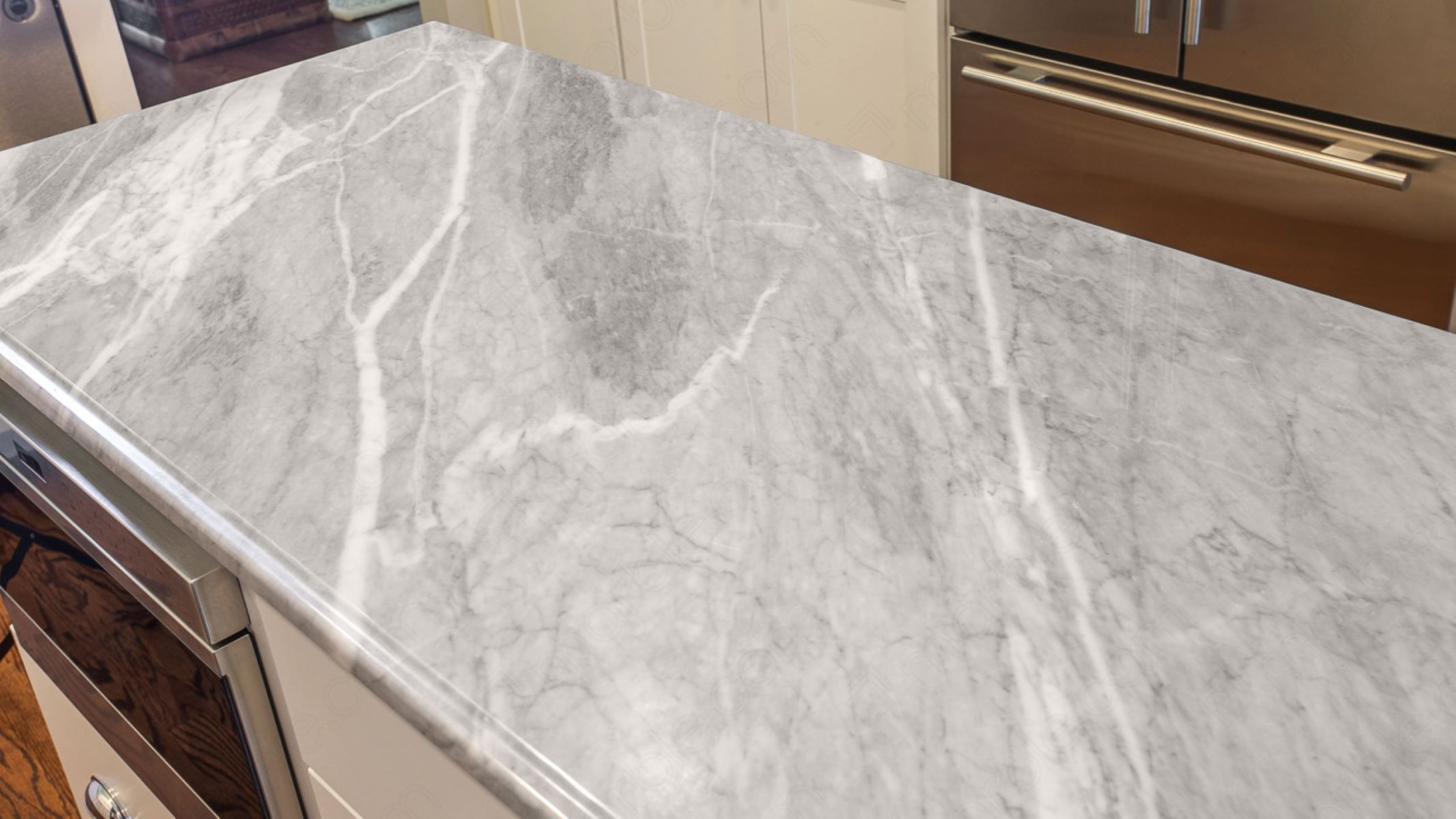
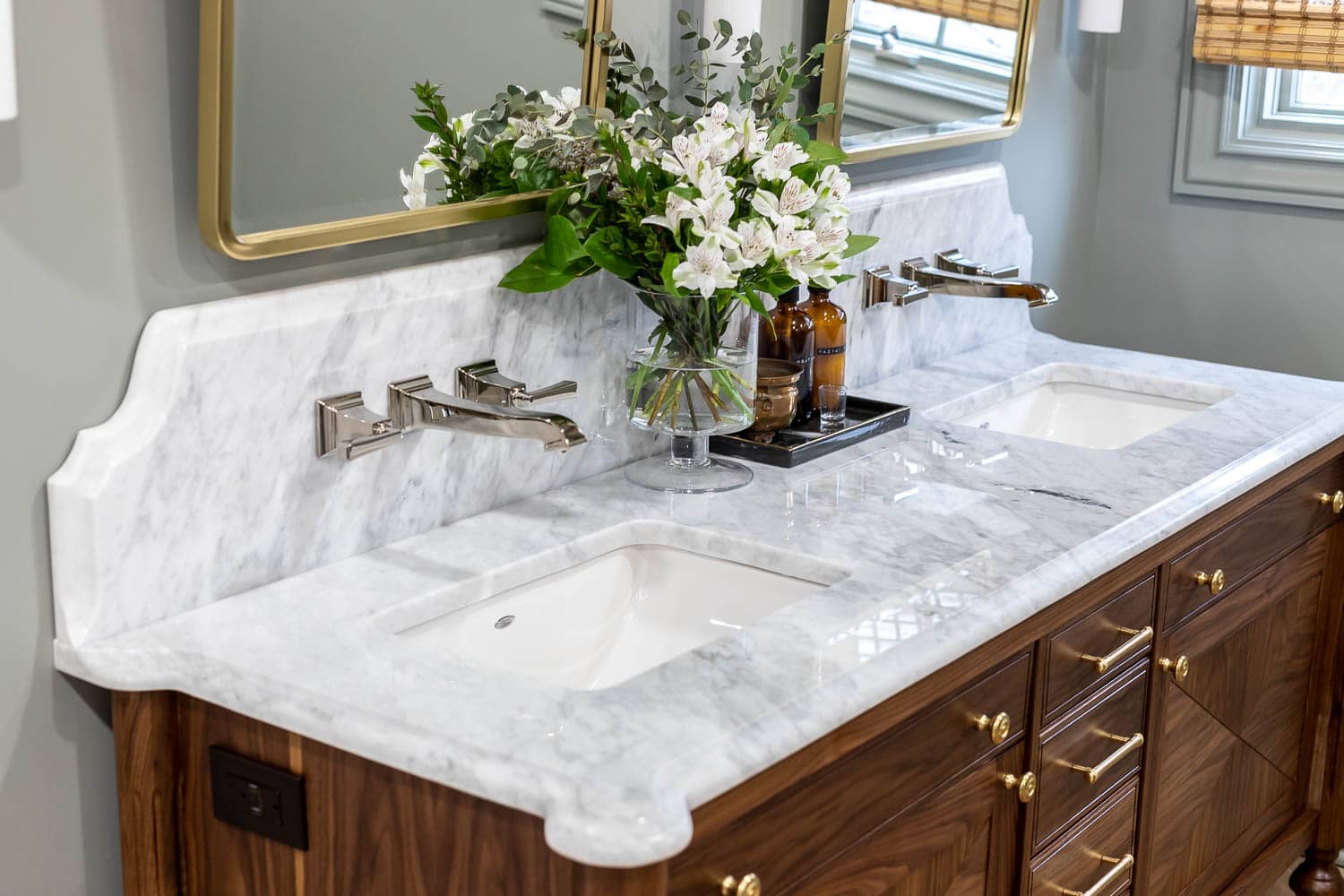
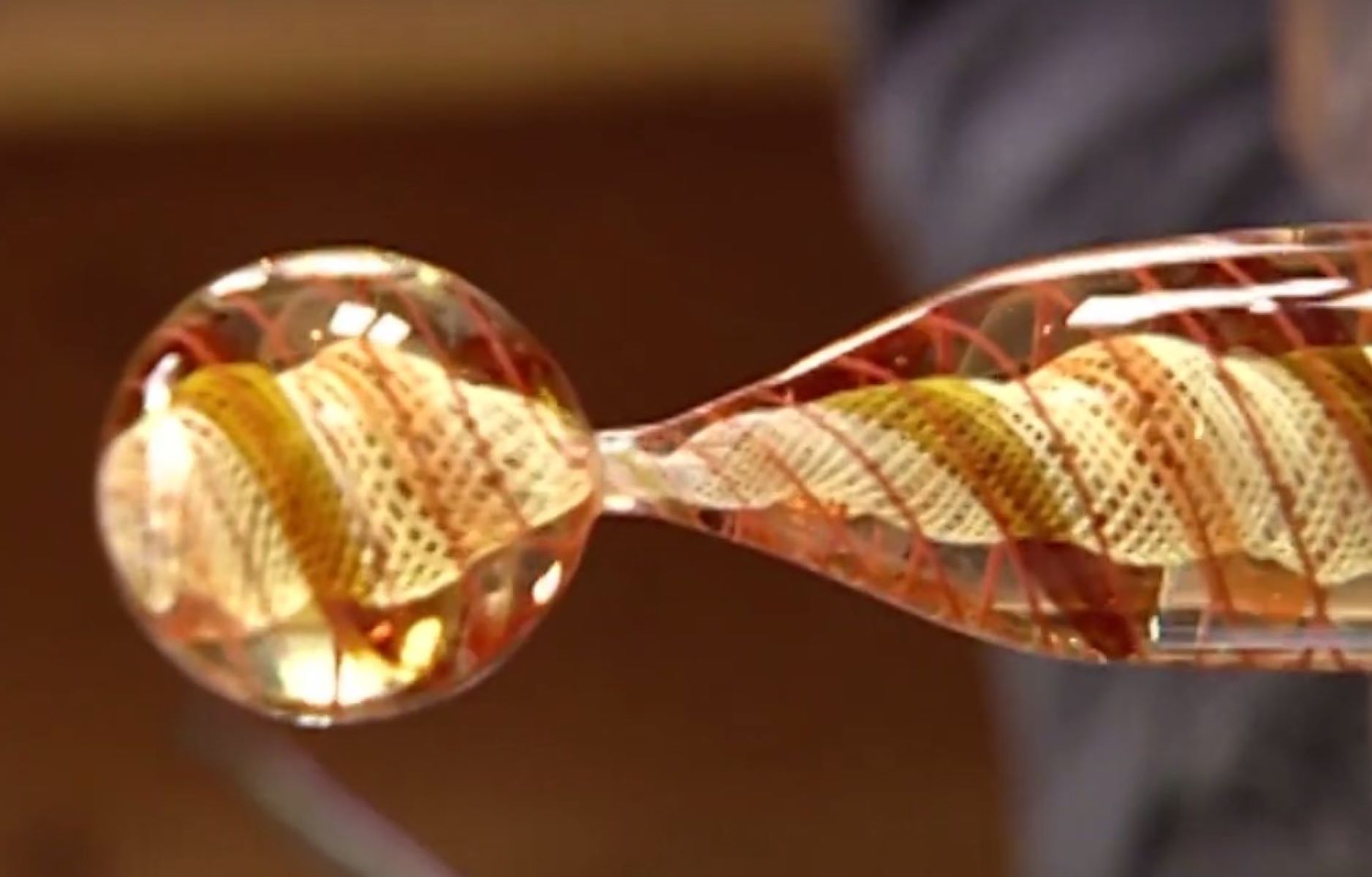
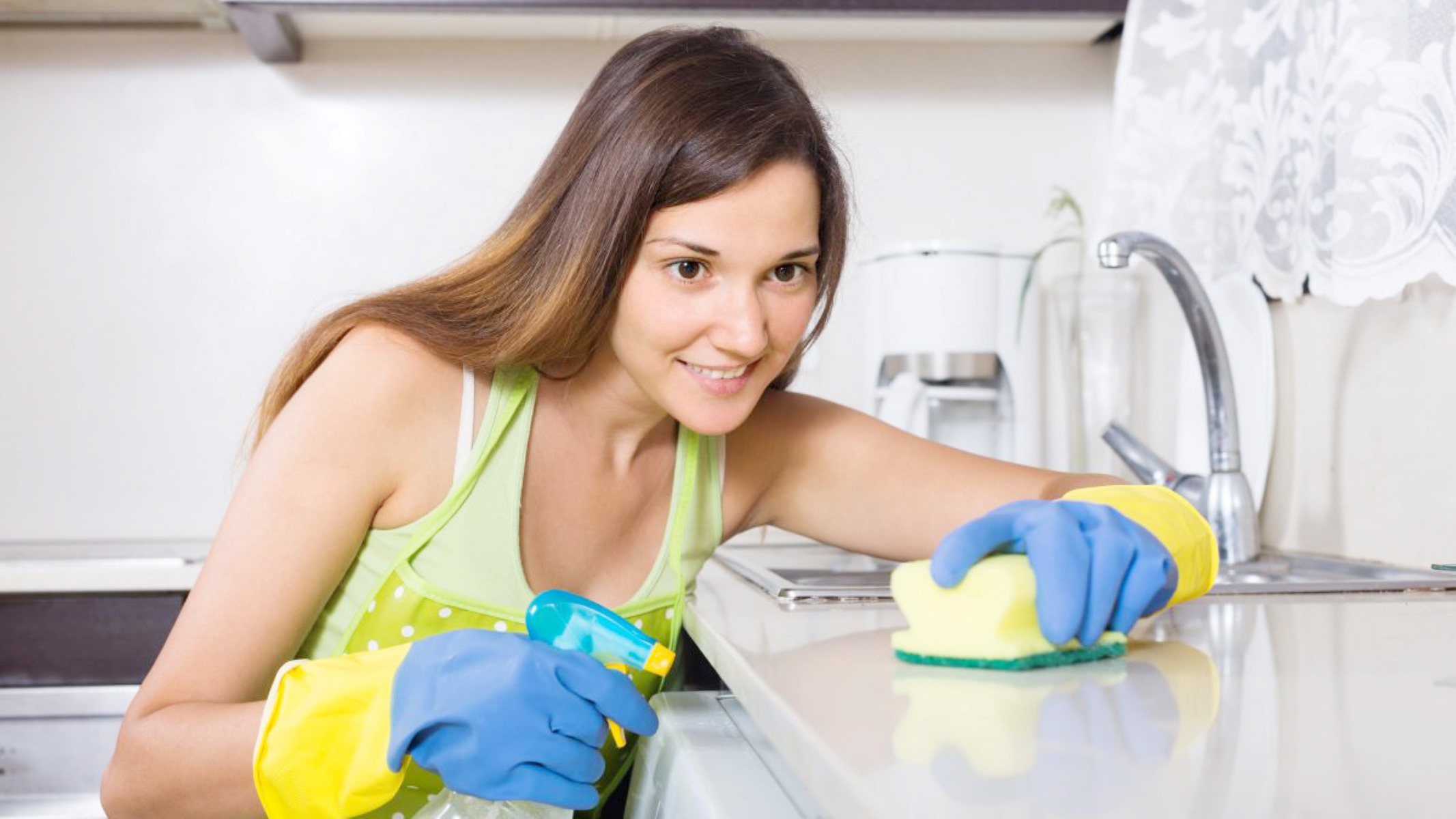
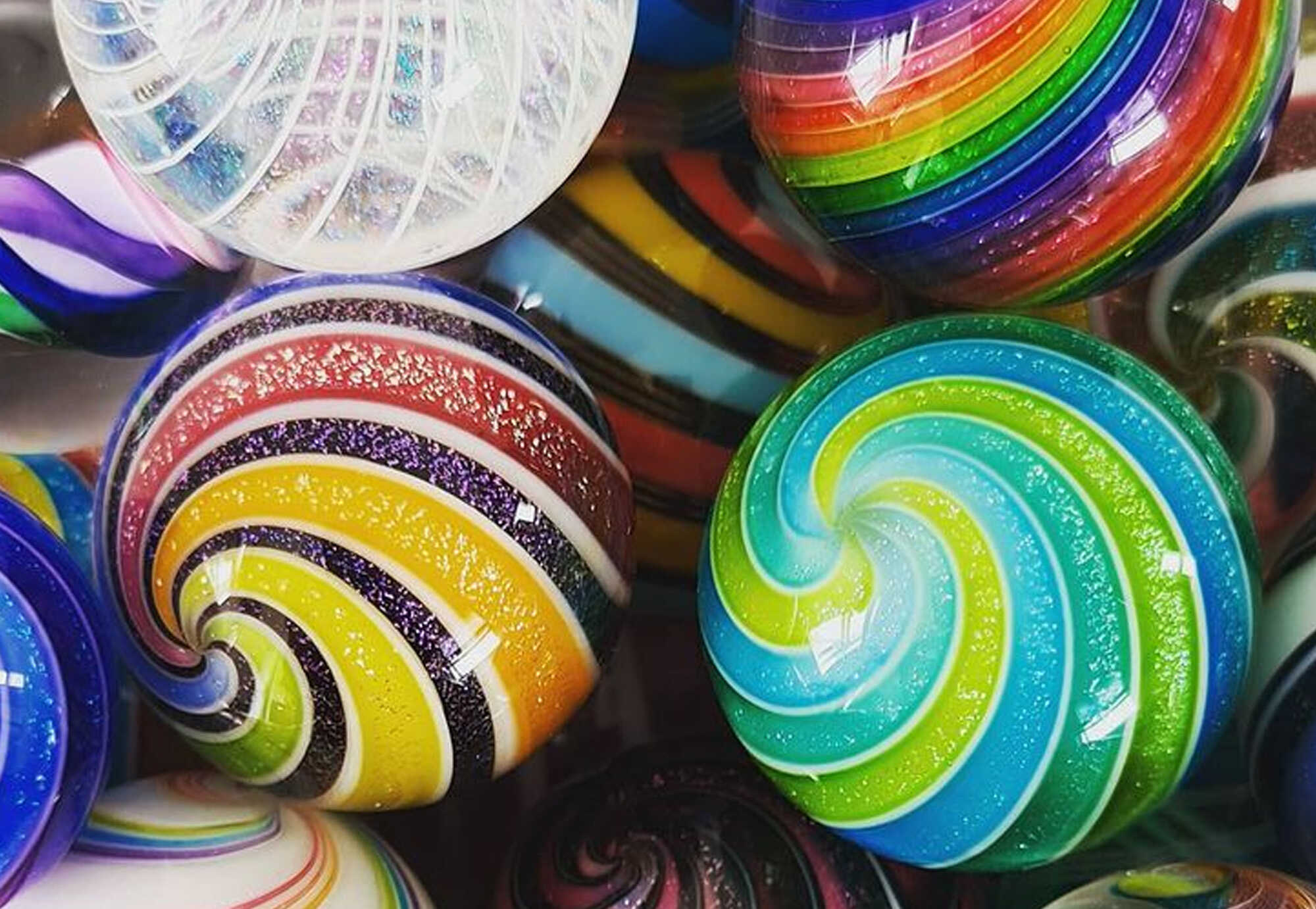
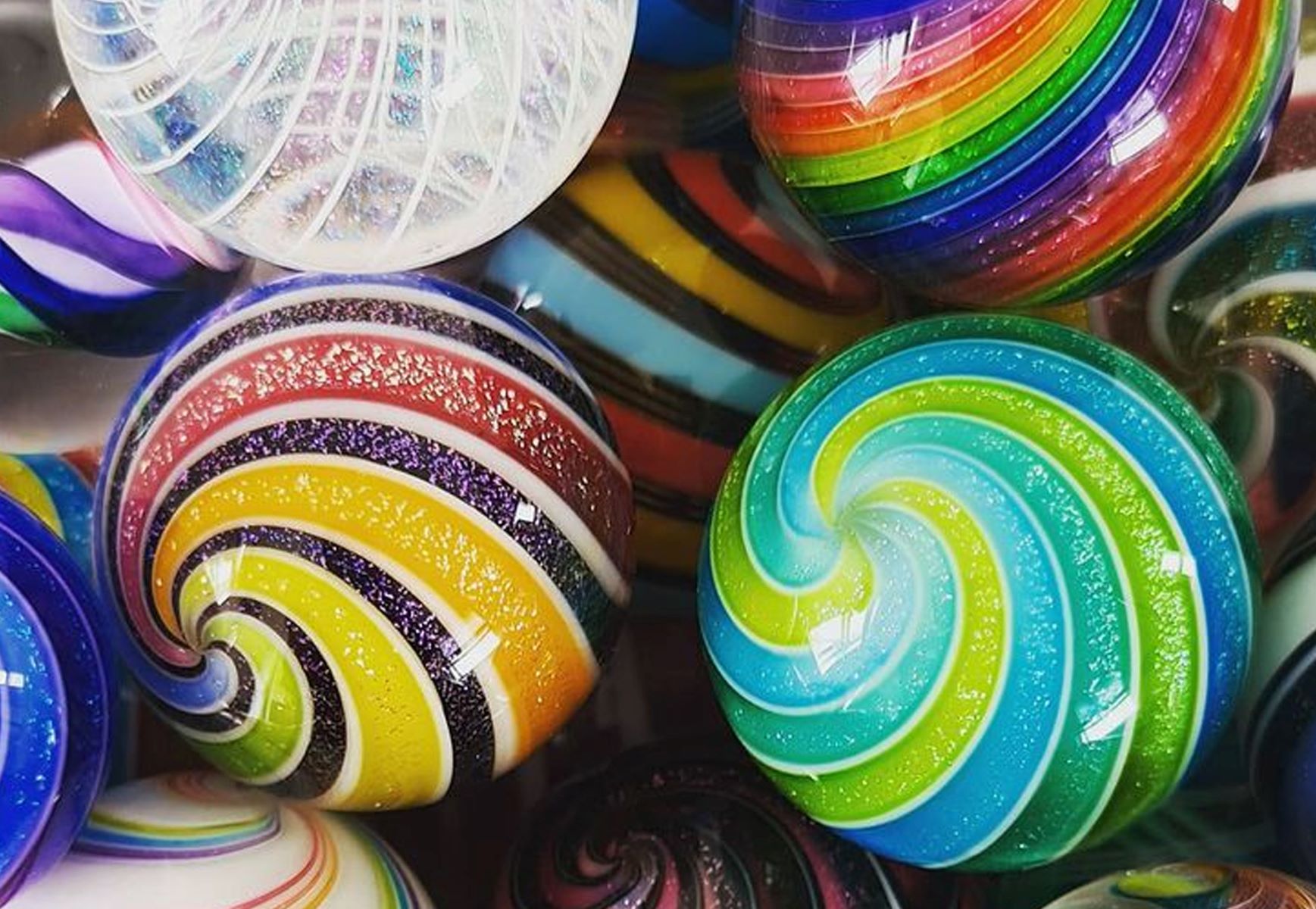

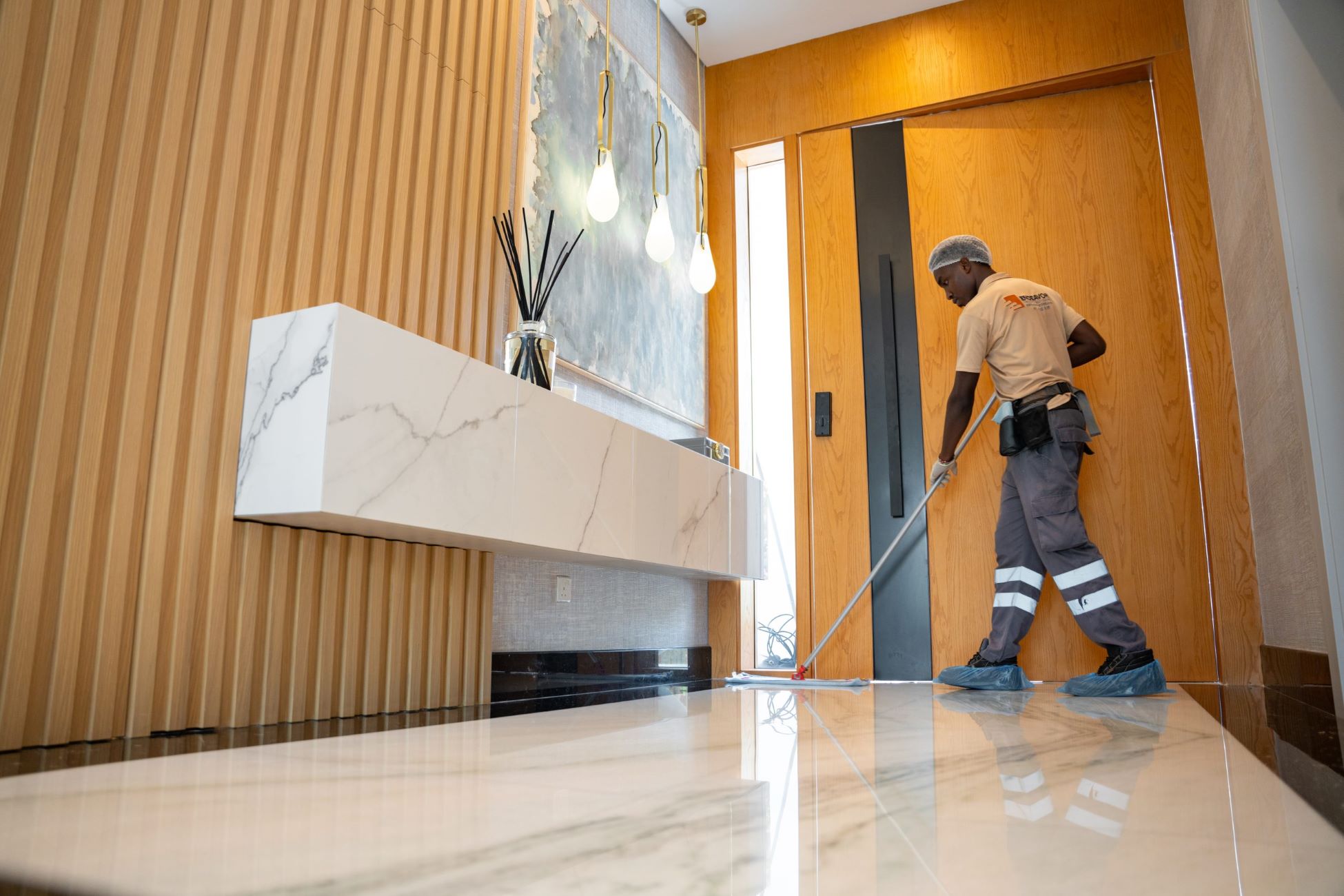
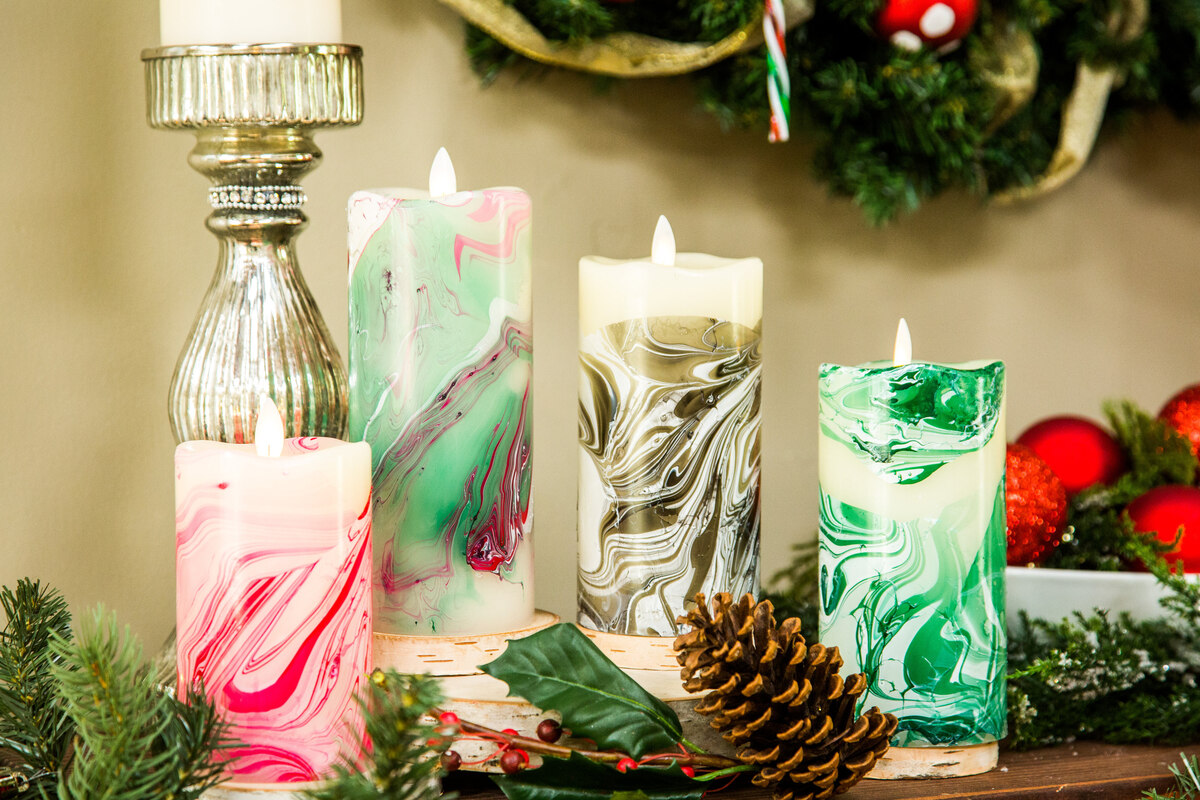
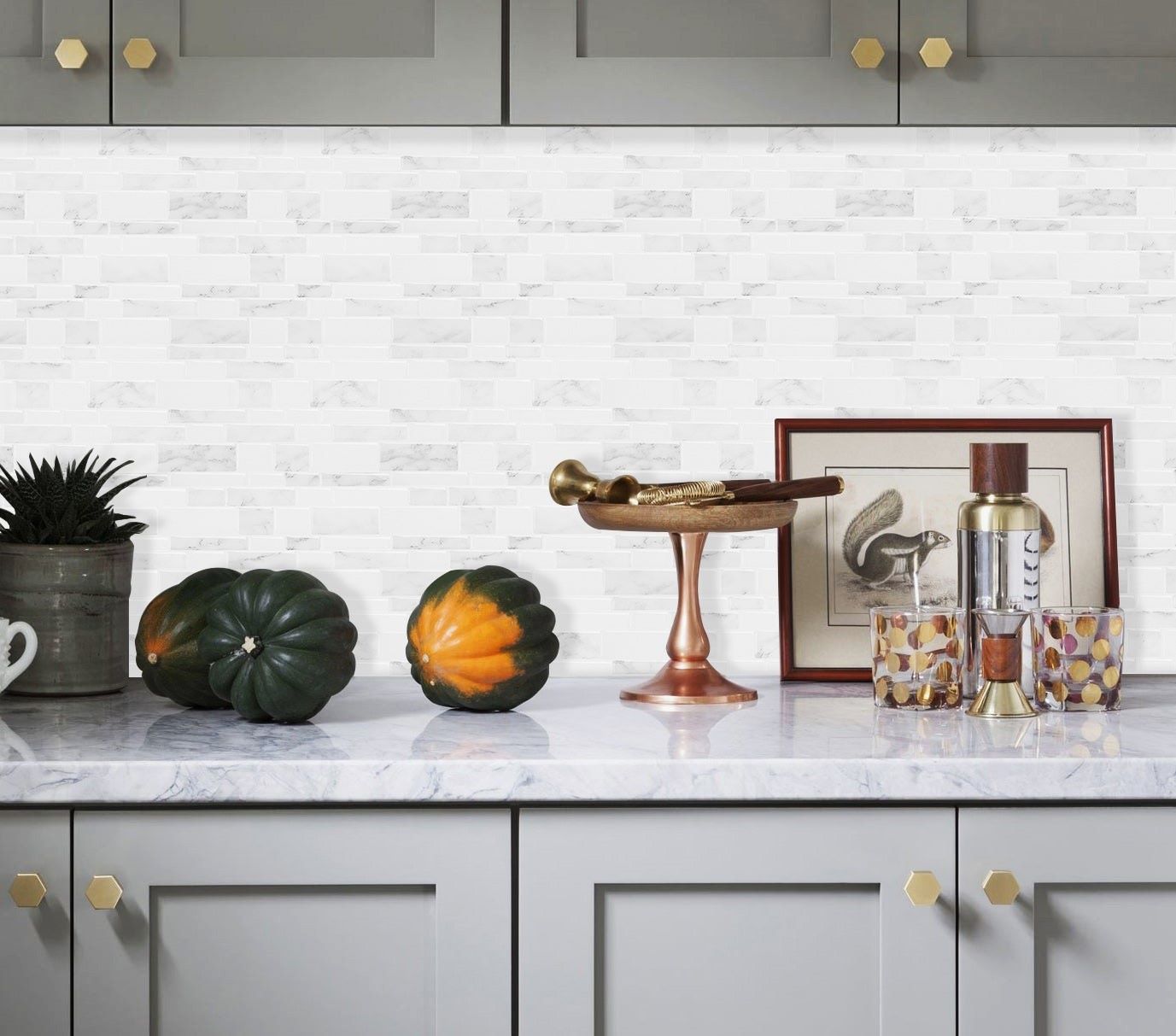
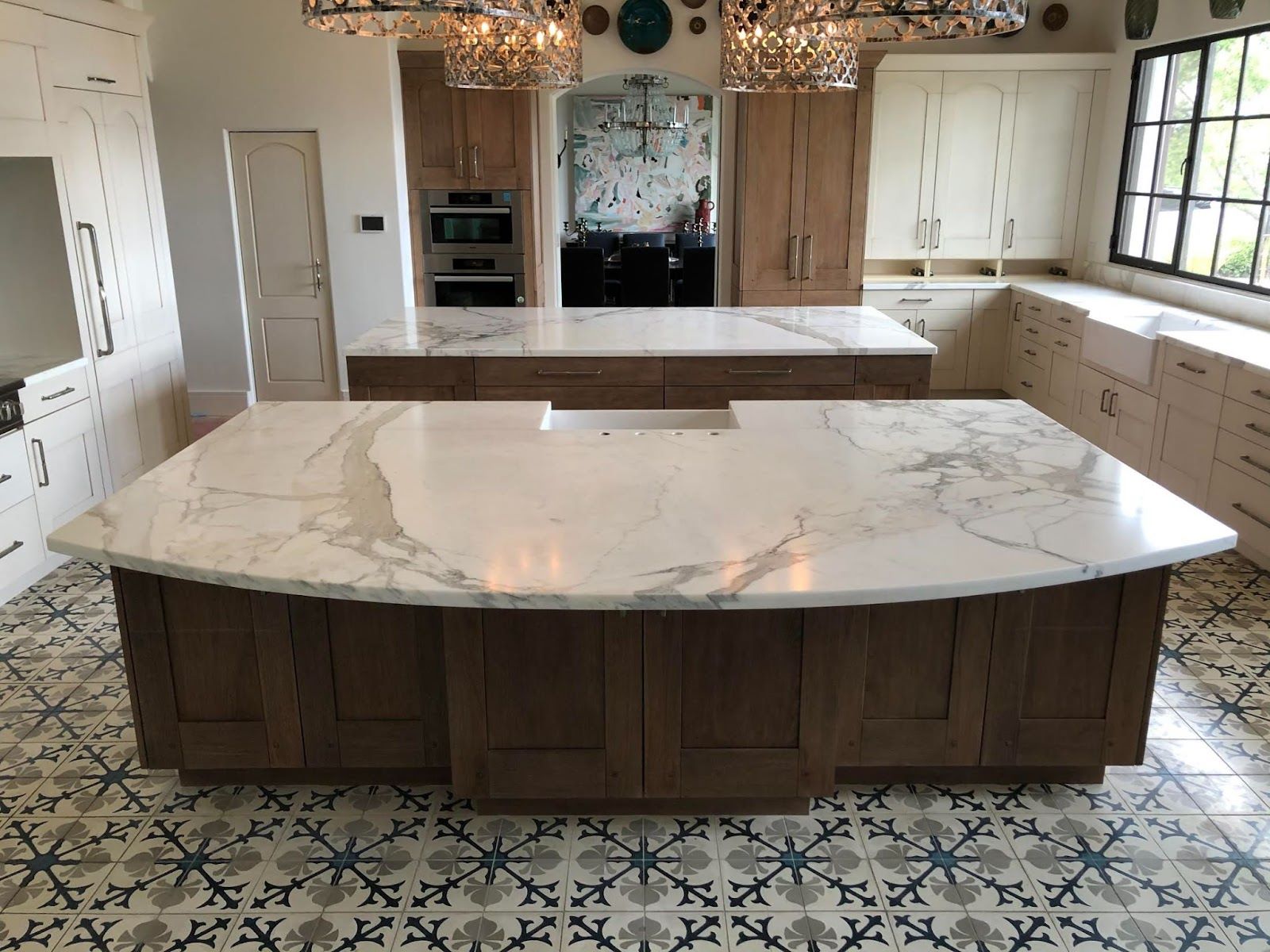
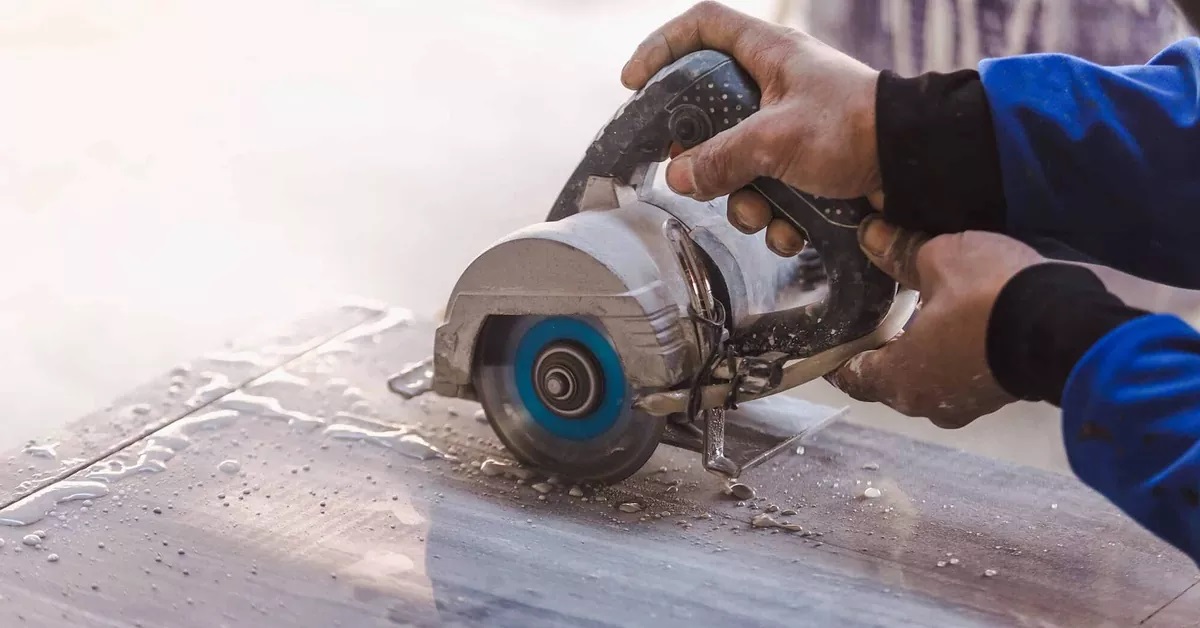
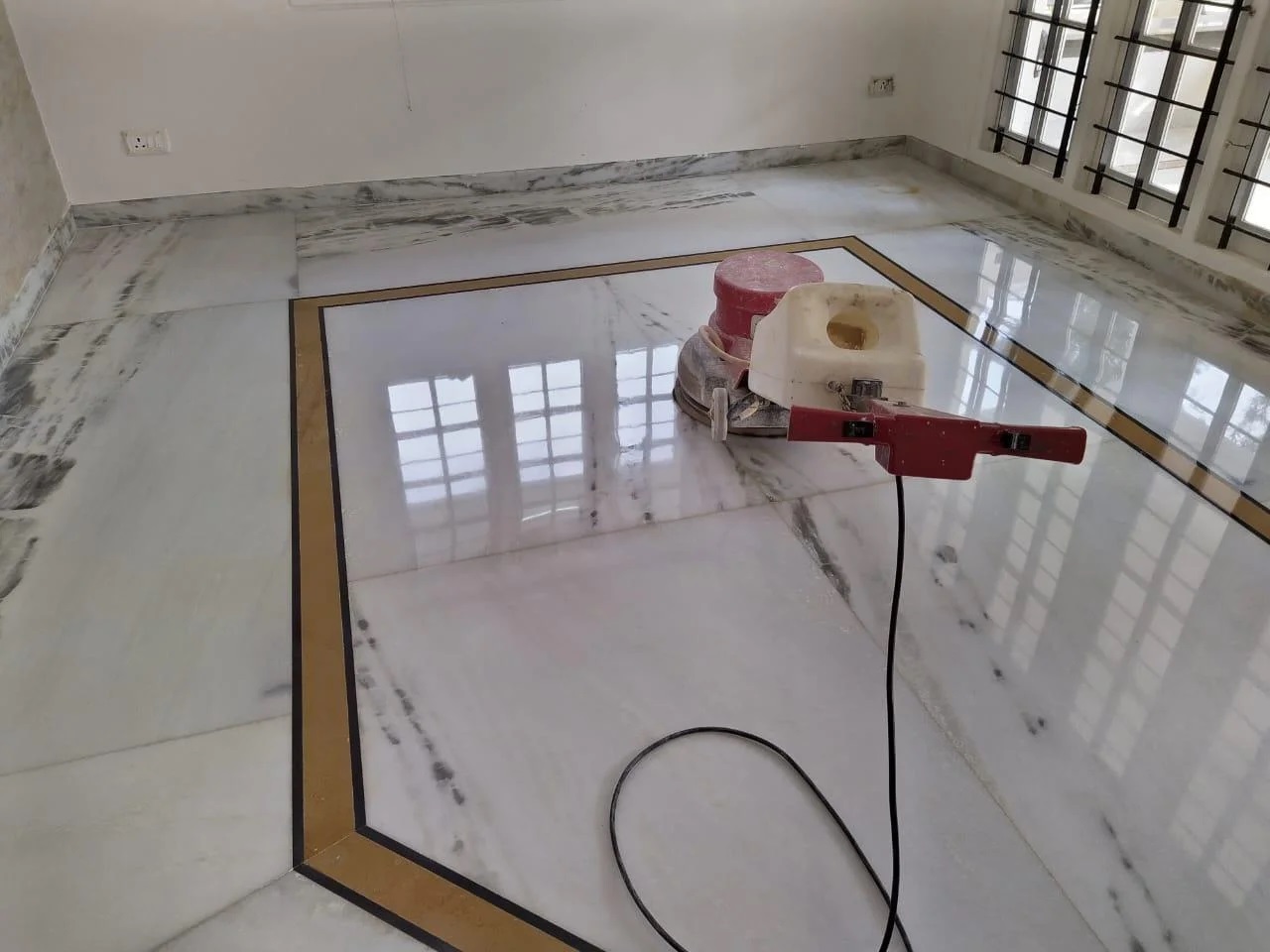
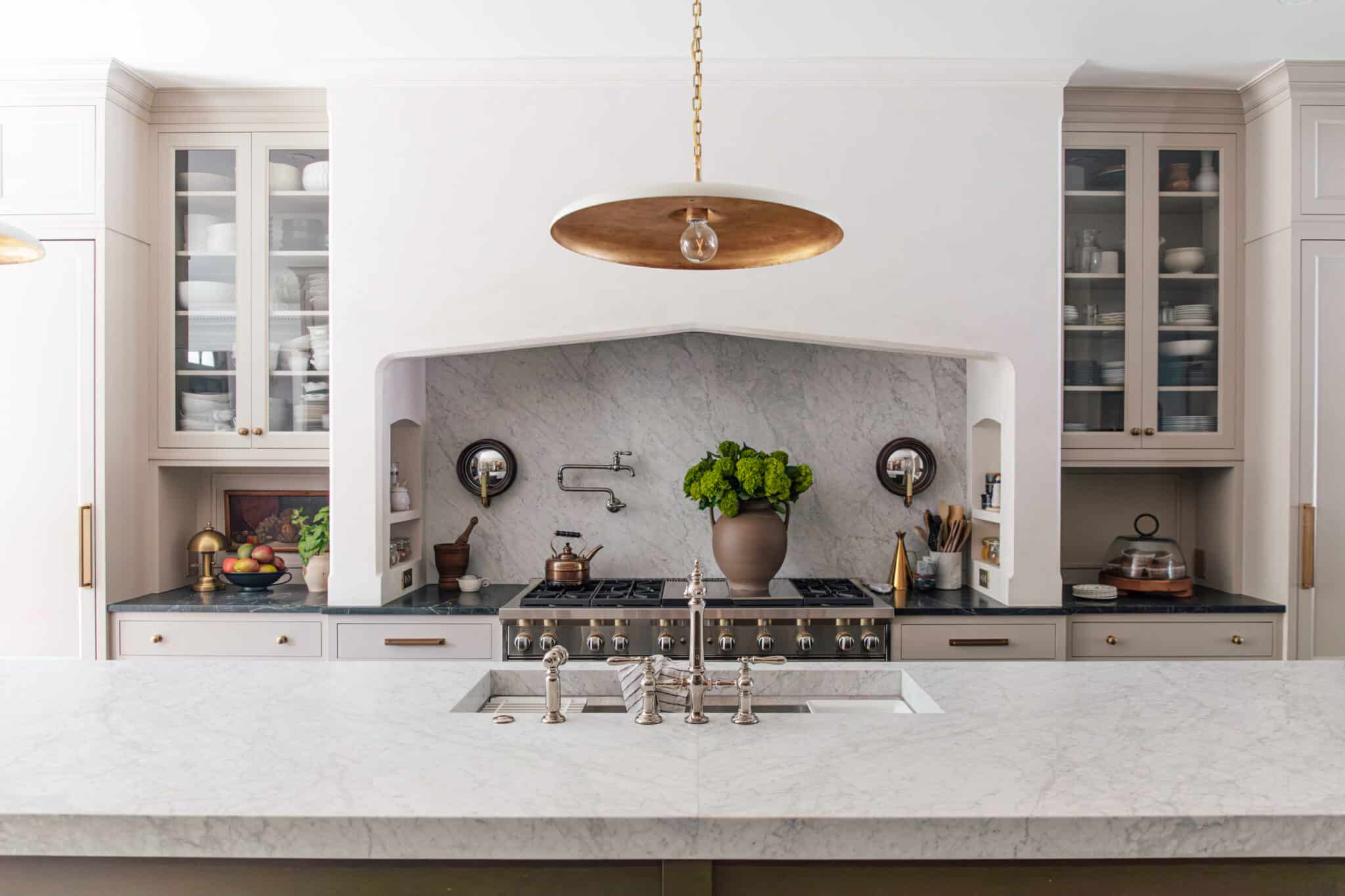

0 thoughts on “How To Clean Marble”